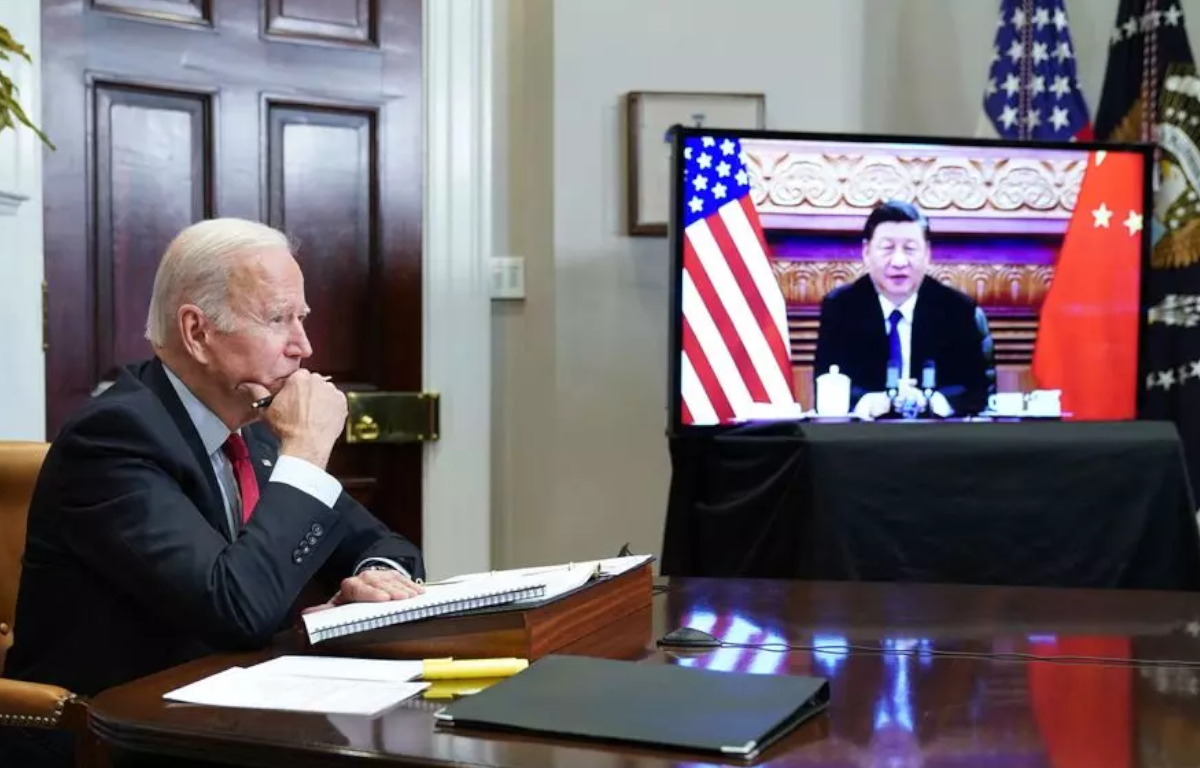
In recent years, China’s leadership has been diligently working to curtail excessive debt levels and mitigate financial risks. This effort has manifested in a sharp reduction in loans extended across various sectors of the economy. Recent data reveals that China’s total social financing, a comprehensive measure of credit and liquidity, has now reached its lowest point since 2009, signifying a calculated shift away from debt-driven growth.
Several factors converge to explain this substantial decline in loans. A key driver is a rigorous regulatory crackdown that Chinese authorities have initiated against precarious lending practices, particularly within the shadow banking sector. This clampdown has rendered it increasingly challenging for certain businesses to access credit. Simultaneously, China has undertaken a deleveraging campaign to reduce financial risks, targeting both state-owned enterprises (SOEs) and local governments.
The property market, historically a significant driver of China’s economic growth, has also felt the impact of these reforms. Government-imposed restrictions on property developers’ access to financing aim to mitigate risks associated with property bubbles. Furthermore, China’s economic slowdown is partly influenced by global economic uncertainties, including trade tensions with the United States and the ongoing effects of the COVID-19 pandemic.
While these measures aim to stabilize China’s financial system and diminish the risk of a debt crisis, they also carry potential consequences and risks. One prominent concern is the prospect of deflationary pressures. Reduced access to credit may impede businesses from investing, consumers from spending, and consequently, lead to falling prices. This could further exacerbate China’s economic slowdown, affecting not only its domestic economy but also countries heavily reliant on Chinese demand for their exports.
Private businesses, vital for job creation and innovation, may face difficulties securing financing, hindering economic dynamism. The global ramifications of China’s economic trajectory cannot be underestimated; its economic slowdown could reverberate globally, influencing trade, commodity prices, and overall global economic growth.
In response to these challenges, Chinese authorities must navigate a precarious balance between ensuring financial stability and promoting economic growth. Potential policy responses may include targeted monetary easing to provide liquidity to sectors experiencing credit constraints, promoting innovation and entrepreneurship to stimulate economic activity, and deploying fiscal policies to boost economic growth, such as increased government spending on infrastructure projects.
China’s efforts to reduce lending and address financial risks are crucial for its long-term economic stability. However, these measures also introduce challenges, including the specter of deflation and potential drags on global economic growth. Striking the right balance between financial stability and economic expansion will be a critical endeavor for China’s policymakers in the coming years, and the global community will closely monitor these developments, as they have far-reaching implications for the world economy.










Share this: